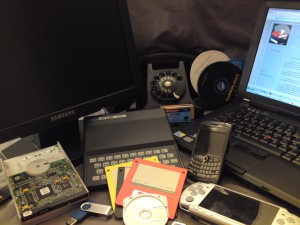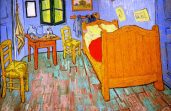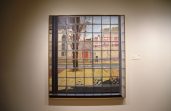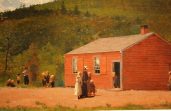Hut Six

“We must not neglect the nonmilitary means by which an enemy may seek to undermine our national will.”
~ Gordon Welchman~
I am reading a very interesting book by Gordon Welchman called, The Hut Six Story: Breaking the Enigma Codes. Welchman was recruited to work at Bletchley Park, by Alastair Denniston.
Denniston was responsible for decrypting the enemy messages for Great Britain, in the First World War. After World War I, Denniston continued to work with codebreaking, which led to creation of the Government Code and Cypher School GCCS.
He would be put in charge of GCCS and would start to make preparations for the next war, as he started to see Hitler rise. The first action that Denniston took, was to acquire Bletchley Park, which was 47 miles North of London, (note to Jill and I, when we go visit), and on the main railway line, which also connected Oxford and Cambridge Universities. The second action that Denniston undertook, was to recruit mathematicians from these Universities, thus the railway connections to these top two academic institutions became vitally important. Denniston would be a guest lecture at both of the schools and would inquire of the student, that in the event of war, would they be willing to work at Bletchley Park, cracking codes? Welchman became one of Denniston’s first recruits, and also interestingly, so was Alan Turing.
The morning that Britain declared war on Germany, Welchman reported to Bletchley Park, and with other recruits, would immediately start to work on two Enigma machines that were provided to England by the Poles. Later, history would report that the two Enigma machines provided by Polish mathematicians were given to Denniston, in July of 1939, just a little over a month before Germany would invade Poland.
The work on the Enigma machines would be referred to as Hut 6 Ultra. Hut 6, was the location of the building within Bletchley Park. Welchman would be the leader of Hut 6 and focused on traffic analysis for encrypted German communications. While the information collected was encrypted, it is Welchman who understood that you could deduce important information through traffic patterns such as; frequent signals meant planning, rapid and short signals meant negotiations, lack of signal meant lack of activity or completion of plan, frequent signals to one station meant a chain of command, and these are just a few examples of movement and activity by the enemy which he discovered, but his main contribution would be in helping to crack the Enigma code.
Welchman after the war would immigrate to the United States; and go to work at the MITRE Corporation, which is a primary source for cybersecurity intelligence today. While at MITRE, Welchman conducted research wanting to design secure communications, for the future battlefield. He noticed that what he had learned from his work during World War II, was still valid. While technology had changed tremendously, the principles of handling coded traffic were much the same.
I have only begun to read The Hut Six Story: Breaking the Enigma Codes; even so, I am amazed at the forethought that Denniston had, not only in understanding the importance of cryptography, but in knowing that he would need to establish a safe work environment, away from the disruptions of war. He would leave London, and find a place away from the city and near transportation. I am impressed that Polish mathematicians would have the forethought to share what they knew about the Enigma with the British.
There are many elements that I find fascinating about this book, but relevant to my work today and all of us staying safely Connected, are these principles established during this time period that are still practiced today. For example, in order to create a complete picture of a cyber-attack, we need to bring together data from various places, applying the same principles Welchman used in signal intelligence.










